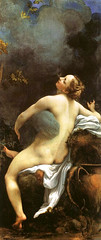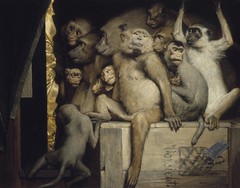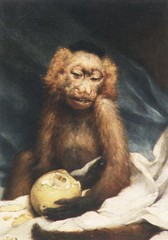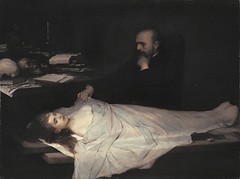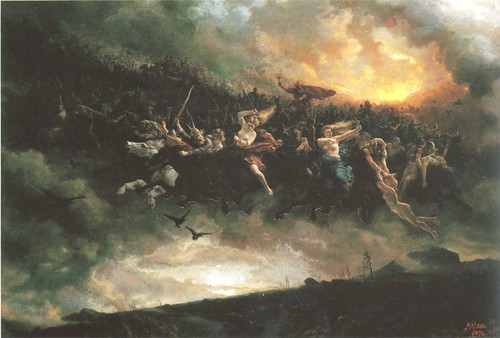Jupiter and Io (c. 1530) – Correggio
It would appear that the dynamics of the two married protagonists of Greek and Roman mythology Zeus (Jupiter) and Hera (Juno) is one of a jealous wife chasing a promiscuous husband.
In order to conceal his escapades, Zeus constantly makes use of his shapeshifting abilities. Thus, he transforms himself into a cloud (he hid himself within a cloud with Io), a golden shower with Danae, a swan with Leda, a bull with Europa, depending on whether he needed to be charming and beautiful or powerful and frightening in his conquest.
See also: divine jealousy

